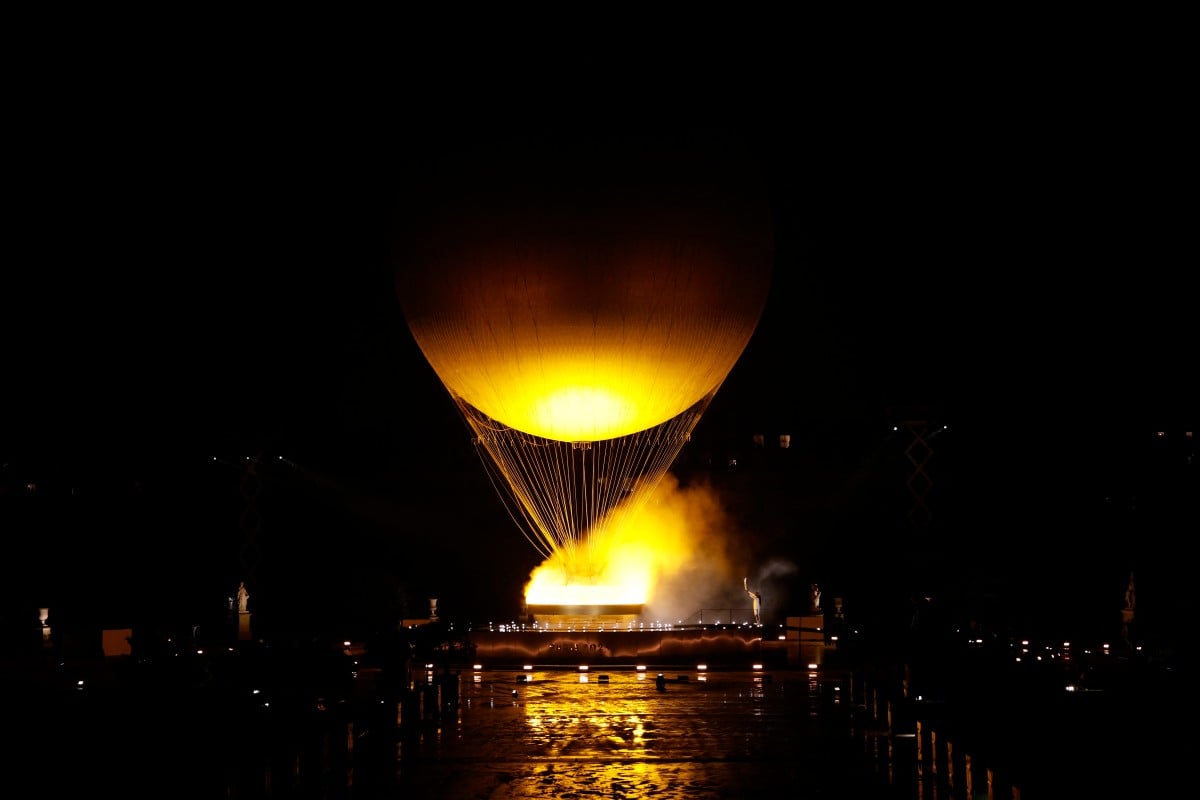Anne Hidalgo told the France Bleu broadcaster that she hoped a hugely popular hot air balloon in the Tuileries gardens could find a permanent home in Paris, as could the statues of 10 French women that were part of the Olympics opening ceremony last week.
“We should explore possibilities for these three symbols,” Hidalgo said. “These three artistic, symbolic and magnificent objects deserve our full attention.”
Hidalgo acknowledged, however, that any decision to keep them on display was not hers alone “so I cannot promise today that they will stay”.
Deputy mayor Pierre Rabadan meanwhile said that keeping the Olympic rings in place was “technically difficult”. Questioned by AFP, he added that “suitable spots” would have to be found for the floating hot air balloon and the statues.
The cauldron forming the base of the balloon was lit on Friday by Marie-Jose Perec, France’s greatest track athlete, and judo triple gold medallist Teddy Riner.
Visitors have since been lining up to see it, with all reservable slots taken for the duration of the Games. Some 10,000 people are being admitted daily.





 Please whitelist us to continue reading.
Please whitelist us to continue reading.
Member comments